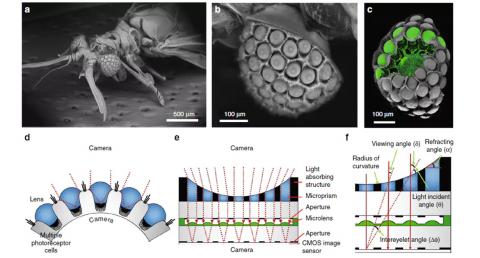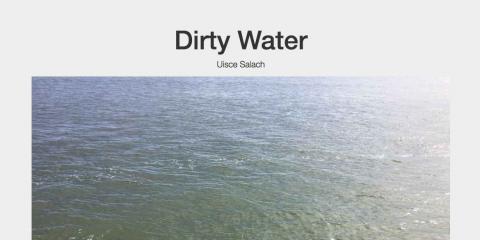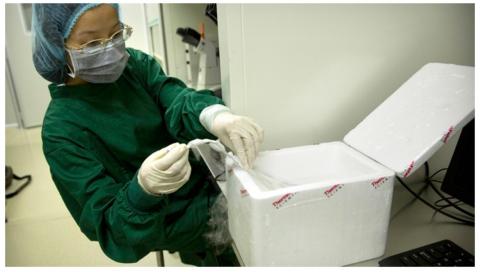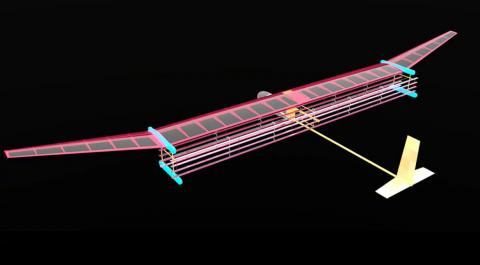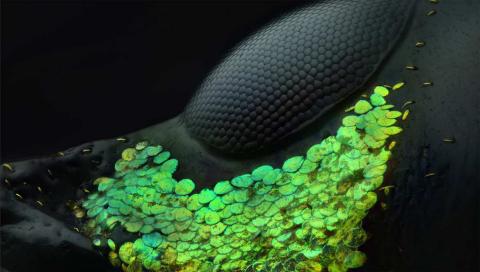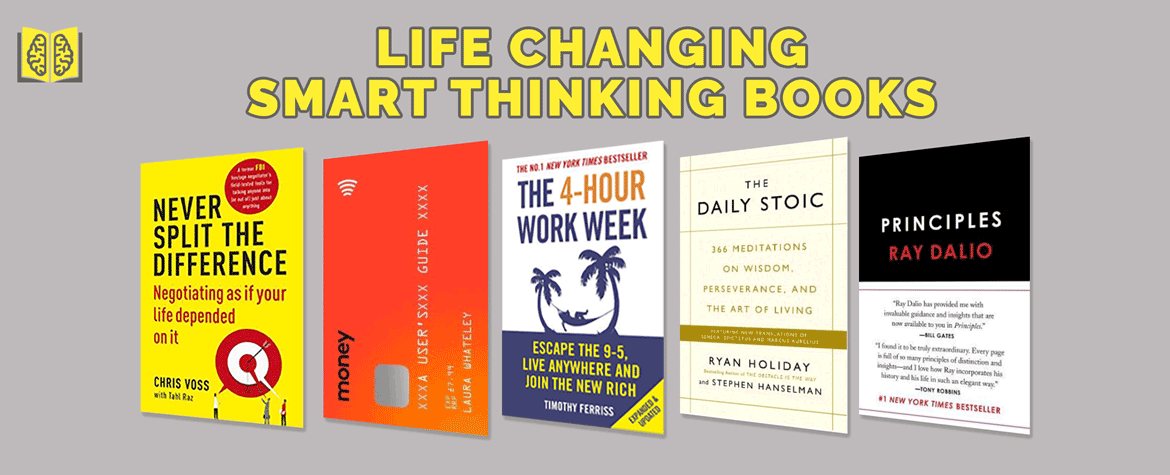Insect Cam
Researchers at the Korea Advanced Institute of Science and Technology have developed a 1.4mm thick camera prototype. The novel ultra-slim camera design is based on the eye structure of the xenos peckii parastic insect, which consists of a series of micro-prisms that sit above a set of microlenses.


